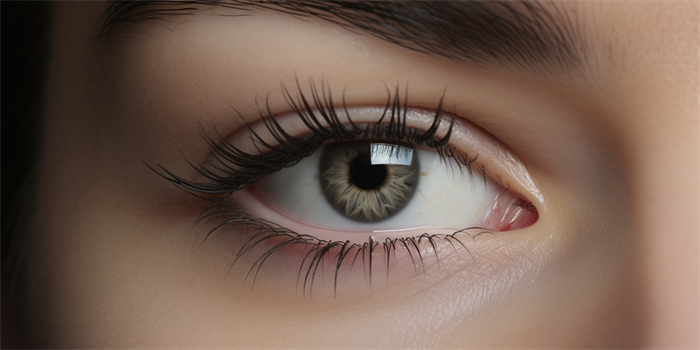The brow bone, also known as the supraorbital ridge, is the bony prominence above the eyes that gives shape to our eyebrows. For some individuals, an overly prominent brow bone can make their face appear more masculine or give an overall heavy and harsh appearance. Brow bone reduction, a cosmetic surgery procedure, can help address this concern and create a more balanced facial profile. In this article, we will explore the various aspects of brow bone reduction, including its cost, risks, and expected results.

The Procedure
Brow bone reduction surgery, also called forehead contouring, involves reducing the size and prominence of the brow bones to achieve a more feminine and aesthetically pleasing appearance. The procedure is typically performed under general anesthesia and can be done through two different approaches:
1. Coronal Incision: In this approach, an incision is made along the scalp from ear to ear, allowing the surgeon to access and reshape the brow bone. 2. Endoscopic Technique: This minimally invasive approach involves making multiple small incisions in the scalp through which an endoscope and surgical instruments are inserted to perform the procedure with minimal scarring.
During the surgery, the surgeon will carefully shave down and reshape the brow bones to create a smoother and more feminine contour. The incisions are then closed with sutures, and recovery can begin.
Cost of Brow Bone Reduction
The cost of brow bone reduction surgery can vary depending on several factors, including the surgeon's expertise, geographic location, and the complexity of the procedure. On average, the cost ranges from $5,000 to $10,000. It is essential to discuss the exact cost and any additional fees, such as anesthesia and facility charges, with your chosen surgeon during the consultation.
Risks and Complications
Like any surgical procedure, brow bone reduction carries certain risks and potential complications. It is essential to have a thorough understanding of these before making a decision. Some common risks include:
1. Infection: Although rare, there is a small risk of infection at the surgical site. Antibiotics are usually prescribed to minimize this risk. 2. Bleeding: Excessive bleeding during or after the surgery is possible, but it can be controlled by the surgical team. 3. Nerve Damage: The nerves surrounding the brow bones may be affected during surgery, causing temporary or permanent numbness in the forehead or scalp. This risk is minimal when the procedure is performed by an experienced surgeon.
It is crucial to choose a board-certified and experienced plastic surgeon to minimize the risks associated with the procedure.
Recovery and Expected Results
After brow bone reduction surgery, patients can expect some initial swelling, bruising, and discomfort. Pain medications may be prescribed to manage any discomfort during the recovery period, which typically lasts about 2-3 weeks. Patients are advised to avoid strenuous activities and to maintain a head elevation when sleeping to help reduce swelling.
The final results of brow bone reduction may not be immediately visible due to post-operative swelling. However, as the swelling subsides over the following weeks and months, the newly shaped brow bones will become more apparent. Most patients report a significant improvement in facial proportion and femininity, achieving the desired aesthetic outcome.
Frequently Asked Questions (FAQs)
1. Is brow bone reduction only requested by transgender individuals?
No, brow bone reduction is not exclusively sought by transgender individuals. People of all genders may choose this procedure to achieve a softer and more aesthetically pleasing facial appearance.
2. Can brow bone reduction be combined with other facial procedures?
Yes. Brow bone reduction is often combined with other procedures such as forehead feminization, rhinoplasty, or jaw contouring to achieve a more balanced and harmonious facial appearance.
3. How long do the results of brow bone reduction last?
The results of brow bone reduction are permanent. Once the brow bones are surgically reshaped, they will maintain their new contour indefinitely.
4. Will brow bone reduction leave visible scars?
The incisions made during brow bone reduction are typically well-hidden within the hairline, making the scars minimally visible. With proper wound care and post-operative scar management, the scars should fade over time.
5. Are there non-surgical alternatives to brow bone reduction?
Non-surgical alternatives, such as filler injections or strategic makeup application, can provide temporary camouflage for prominent brow bones. However, these methods do not offer the same permanent and transformative results as surgery.
In conclusion, brow bone reduction surgery is a cosmetic procedure that can effectively address a prominent brow bone, creating a softer and more balanced facial profile. With proper planning, choosing an experienced surgeon, and understanding the potential risks and expected results, individuals can achieve their desired aesthetic outcome and boost their confidence in their appearance.




